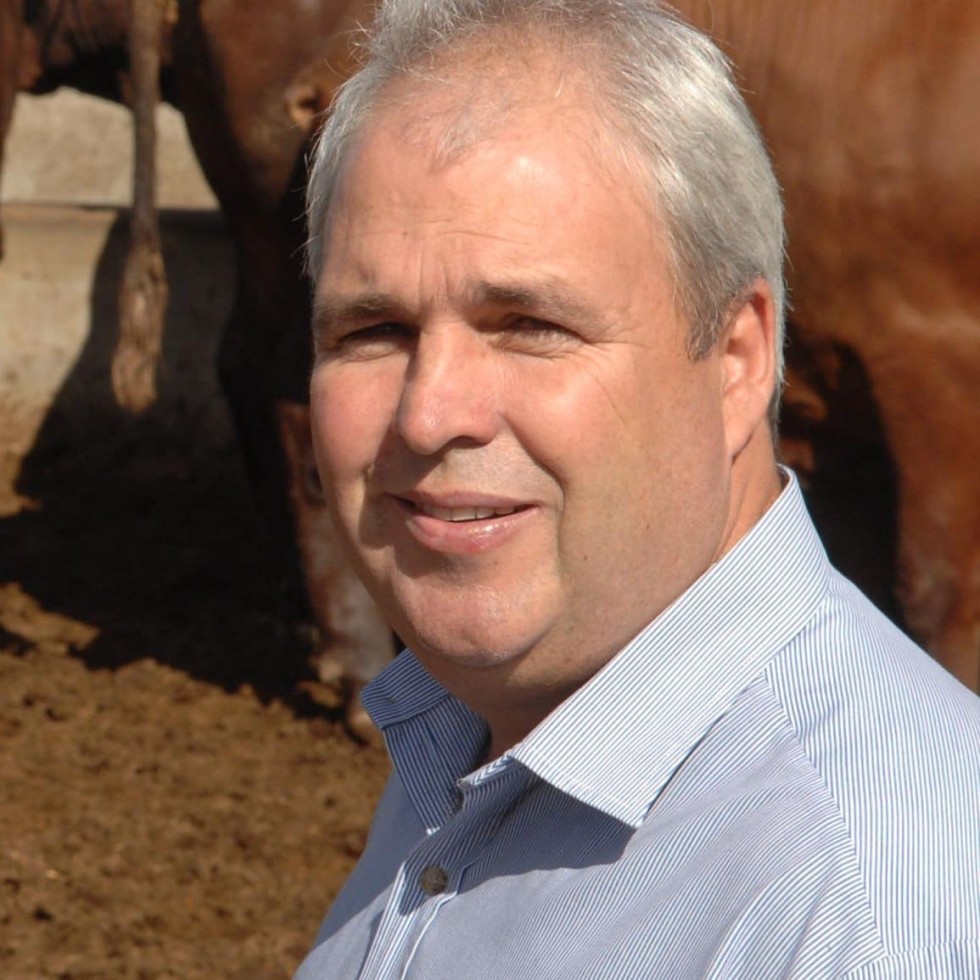 While it’s been a long time coming, there is mounting evidence that the lotfed beef sector might be moving into a relatively stronger period after years of nil or negative margins on grainfed beef.
While it’s been a long time coming, there is mounting evidence that the lotfed beef sector might be moving into a relatively stronger period after years of nil or negative margins on grainfed beef.
There is a growing sense of ‘cautious optimism’ evident among grainfed stakeholders, typified by comments yesterday from Queensland’s Mort and Co, operator of the 30,000 head Grassdale feedlot near Dalby.
This morning’s Beef Central email alert to subscribers includes a paid advertisement from Mort and Co, appealing to cattle producers to consider custom feeding options in their 2012 cattle turnoff plans. That’s the first such ad we have seen since Beef Central’s launch in May last year, suggesting lotfeeders see some profit potential ahead for non-committed custom-fed cattle, and it’s time to start telegraphing that to potential clients.
Beef Central’s regular 100-day grainfed trading budget compiled yesterday produced an $11 profit (see this morning’s separate story) based on cattle going on feed now and exiting the feedlot in late August.
While that’s a modest return, by any standards, it repeats a similar result three weeks ago, and is only the third result on the positive side of the ledger in 12 months. There were periods in mid-2011 when the budget forecast horrific losses of close to $90 per beast.
Mort & Co principal, Charlie Mort, says he is greatly encouraged by what he saw in terms of the industry outlook, going forward.
“Finally feedlots have a good supply of cattle, and a good supply of feed stocks. The economics are certainly looking more favourable than they have for a long time,” he said.
“The market for grainfed cattle often firms from September onwards, and the impact of the Australian dollar cannot be forgotten. It’s been a long time since we’ve seen the A$ below parity, providing added competitiveness in Australian beef exports. All of those things together certainly make the outlook a lot more favourable than it has been for some years,” Mr Mort said.
Another influence (in the Queensland lotfeeding sector, at least) was northern cattle that had not previously been seen in the market.
“We currently have cattle on feed from the Northern Territory and northwest Queensland that have not been on feed in recent years. Without doubt, there are cattle coming down from that region that are entering our system, that were previously going into live export,” Mr Mort said.
“Even five percent of additional cattle in a market can often be enough to tip it the other way, and that may be part of what is making current projections on grainfeeding look more profitable,” he said.
Asked whether the big body of feed evident across eastern Australia would continue to be a disincentive for more producers to consider strategic lotfeeding, Mr Mort said producers typically needed to keep turning-over cattle, and it was hard to simply shift into grassfed bullock production overnight, even if the feed was there.
The quarterly feedlot industry survey released last week showed a substantial decline in numbers on feed at the end of March, down about 40,000 head, or 5pc nation-wide. Queensland’s decline was even larger at almost 50,000 head, but this was offset by modest gains in some southern states, particularly WA.
“I don’t think the numbers on feed since the end of March have yet really started to grow significantly, by any means, but there is definitely good demand from processors out in front, and when combined with the lower dollar, that presents an opportunity,” Mr Mort said.
“Once we get into September/October, a lot of producers will have dry feed, and will be looking to hang on until they get some storms. The market will tighten up then.”
“We have opportunities for custom feeding in coming months that are profitable, and we are ready to talk to potential customers,” Mr Mort said.
As illustrated in today’s breakeven, while there were processor forward offers of $3.60/kg not that long ago, that has risen to $3.70/kg or better more recently, even before the most recent slide in the value of the A$.
